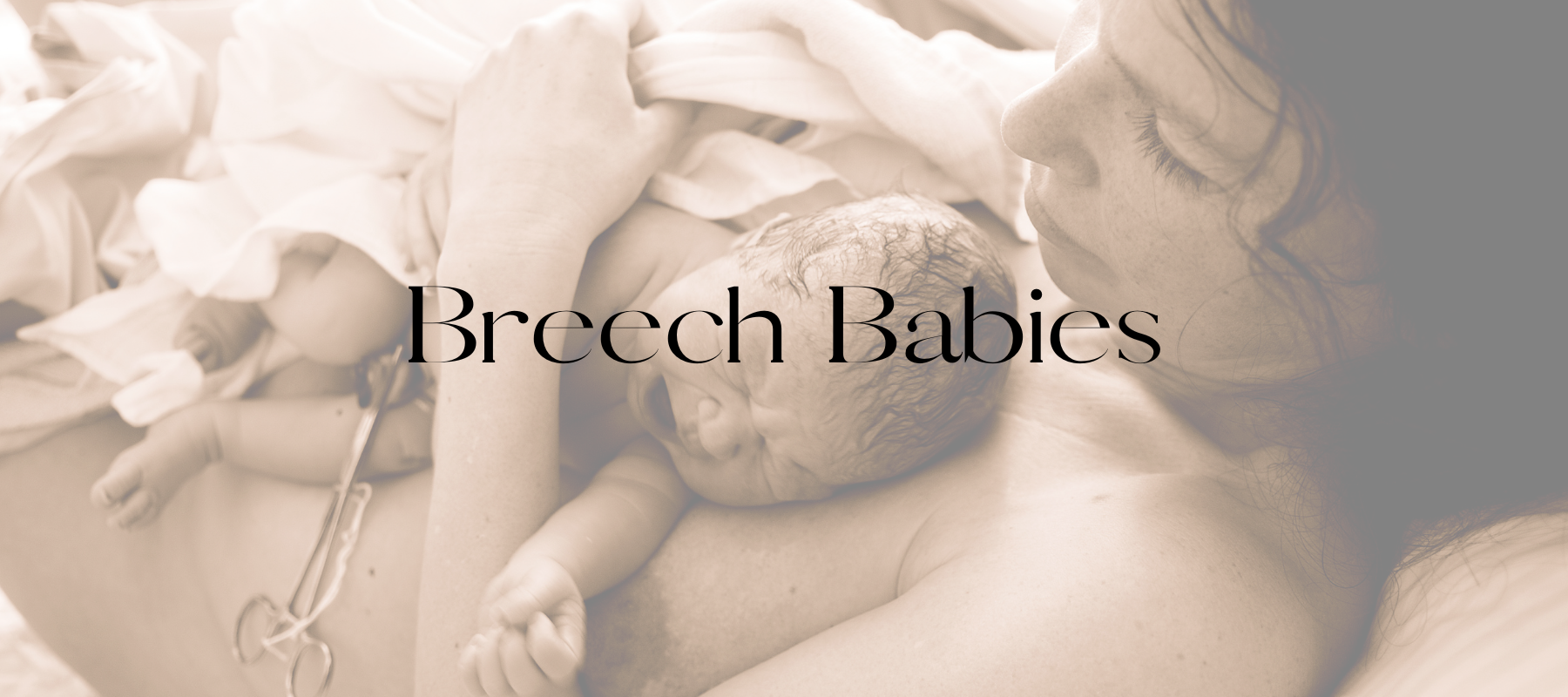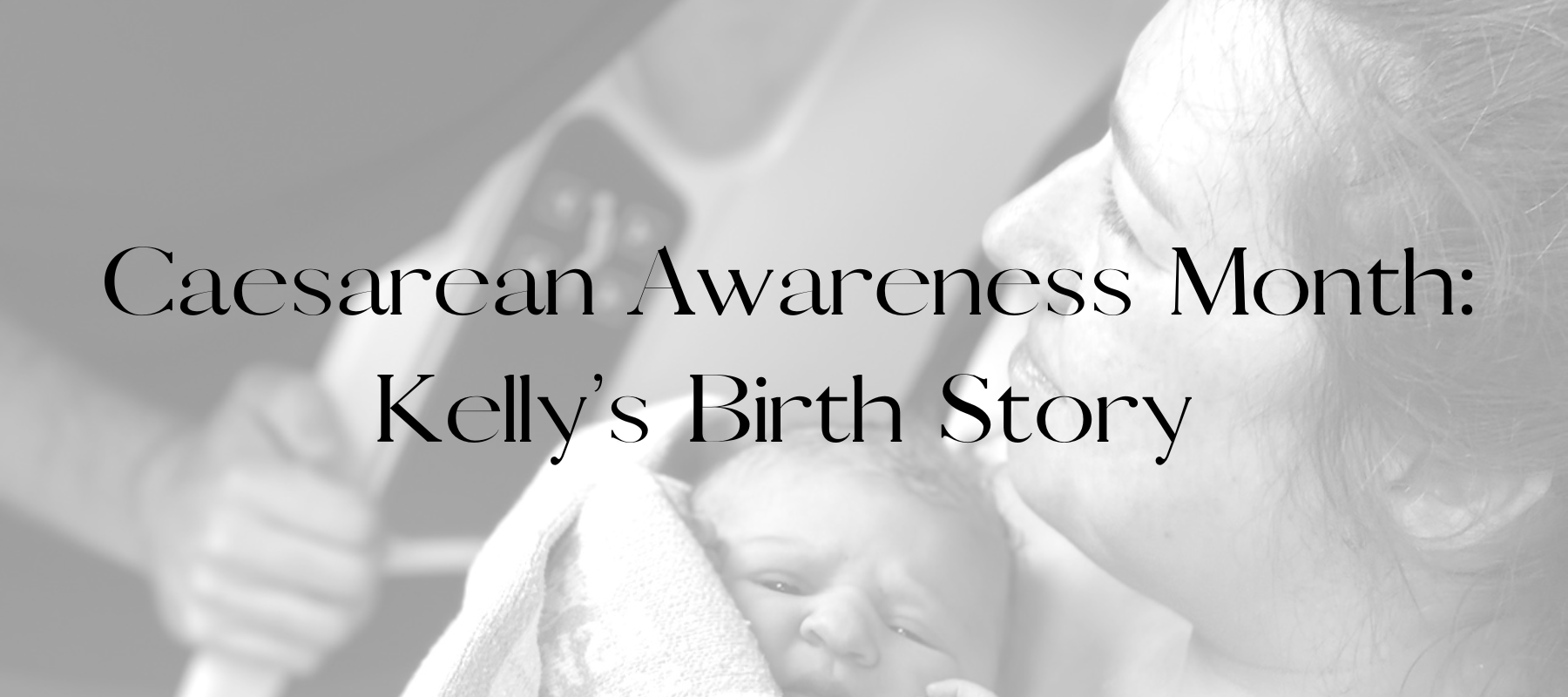Breastfeeding attachment tips
Attaching your baby to the breast correctly is crucial to ensure adequate breastmilk transfer and prevent your nipples from damage. There is more then just one correct way to breastfeed, its often worth attempting multiple positions until you find what is most comfortable for you.
With that in mind, here are some attachment tips to get you started!
- Set yourself up comfortably with everything you need first. A comfortable place with adequate back and arm support, with/without a place for you to put your feet up.
- Make sure both you and baby are calm and relaxed if possible
- For early feeds, undress baby so they are skin-to-skin with you. This encourages temperature regulation, alert and productive feeding as well as bonding.
- Your baby’s body should be in a straight line and tucked towards your body, they should not need to turn their head to face the breast. This is because it is harder to swallow with your head turned to the side instead of facing forward.
- Your hand should be holding their shoulders, back and neck but not touching the middle or top of their head. This allows them to tilt their head back freely when needed.
- Bring your baby up to the breast, not the breast to the baby. This is very important!!
Positioning
- Baby’s nose should be in-line with your nipple.
- Their bottom lip should sit below the nipple, chin tucked into the breast, top lip free.
- Use your nipple to brush across your baby’s nose and mouth to encourage them to open their mouth wide. They may open only slightly at first so do not try to ‘shove’ the nipple in.
- Instead wait and keep stimulating them to open until their mouth opens wide. When they do, it usually resembles a yawn.
- When this happens, keep their chin and lower lip fixed below the nipple and quickly draw their body towards you. Simultaneously bring their top lip up over the top of the nipple.
- This allows them to get a large mouthful of breast tissue and not just the nipple.
What to look out for
- Your baby’s lips should be turned out like the letter ‘k’ against your breast. If their lips are curled inwards like a letter ‘c’ it is possible they have not latched correctly.
- You should see your baby’s deep jaw movement and rounded cheeks while sucking
- Baby’s arms are relaxed and they are calm at the breast
What you shouldn’t see
- Your nipple. The entirety of the nipple should be securely in your baby’s mouth, between the junction of the hard and soft palate at the back of their mouth.
- Minimal areola should be visible. This varies however due to the many varied areola shapes and sizes
- Your baby’s cheeks dimpling or ‘sucked in’
- Lips turned in while sucking
- A pinched, ridged or pointy nipple when baby detaches. It should still resemble its usual shape
Important to note:
- In the first few days of breastfeeding, you may not hear your baby doing big gulps or swallows. This is because they are receiving small amounts of colostrum and they have to rhythmically suck to receive this.
- Some women describe a ‘letdown reflex’, some do not. This is perfectly normal either way!
- The letdown reflex has been described as a tingling sensation, pins and needles or fullness.
- You may experience “Latch pain” in the initial days of Breastfeeding. This may be due to damage or sensitivity from baby attaching shallow and/or, often. This pain should subside within 60 seconds of baby sucking at the breast. If it does not, the latch may be incorrect and it will usually be beneficial to re-attach your baby
Problems requiring further support
- Intense pain
- Bleeding, cracked and sore nipples
- Baby is slow to gain weight/continues to lose weight after first 4 days of age.
- Baby has minimal or no wet nappies in 24 hours
If you are still struggling to attach your baby to the breast, the earlier you can seek help to correct this, the better! You may need to reach out to your community nurse, a nearby baby clinic or a lactation consultant.

Written by Keryn Thompson RM & IBCLC (L-301766)
References
Charette, C. and Théroux, L., 2019. Musculoskeletal Impairment: Causes of Pain with Breastfeeding Insight into 11 Cases. Breastfeeding Medicine, 14(8), pp.603-608.
Colson, S., Meek, J. and Hawdon, J., 2008. Optimal positions for the release of primitive neonatal reflexes stimulating breastfeeding. Early Human Development, 84(7), pp.441-449.
DiGirolamo, A., Grummer-Strawn, L. and Fein, S., 2008. Effect of Maternity-Care Practices on Breastfeeding. Pediatrics, 122(Supplement 2), pp.S43-S49.
Thukral, A., Sankar, M., Agarwal, R., Gupta, N., Deorari, A. and Paul, V., 2012. Early Skin-to-Skin Contact and Breast-Feeding Behavior in Term Neonates: A Randomized Controlled Trial. Neonatology, 102(2), pp.114-119.
Wang, Z., Liu, Q., Min, L. and Mao, X., 2021. The effectiveness of the laid-back position on lactation-related nipple problems and comfort: a meta-analysis. BMC Pregnancy and Childbirth, 21(1).
Widström, A., Lilja, G., Aaltomaa-Michalias, P., Dahllöf, A., Lintula, M. and Nissen, E., 2010. Newborn behaviour to locate the breast when skin-to-skin: a possible method for enabling early self-regulation. Acta Paediatrica, 100(1), pp.79-85.



